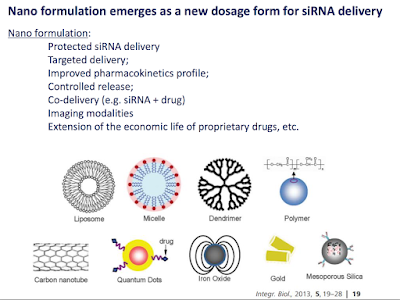Week 6 | BioTech + Art
While the radical works of Eduardo Kac and other eccentric artists, such as Kathy High, Stelarc and Orlan, are often discredited by scientists, these "biology outlaws" play an important role in distributing information to the common layperson and shaping public perception of science. For instance, transgenic art--"a new art form based on the use of genetic engineering techniques to transfer synthetic genes to an organism to create unique living beings"--opens up a discussion of how to go about genetically engineered life-forms. (Kac) "Artistic probing", as Ellen K. Levy calls it, question established scientific principles and forces us to ponder what constitutes life.
Eduardo Kac's bunny, Alba was genetically-modified with Green Fluorescent Protein (GFP), which allows her to glow. As a biochemistry major, I am aware of GFP's importance in research--to tag proteins or other biological molecules to observe how or where they function. Its use by bio-artists to make cultural comments, pose questions, and explore the morality of science is fascinating. Furthermore, I am currently in a chemistry seminar on drug development, in which we discussed the rules regarding patents on biological molecules, such as DNA. This is similar to the debates regarding the humanity of experiments like Alba.
 |
| Alba (bunny) and other transgenic species |
Not only is genetic engineering and biotechnology used to manipulate living things, but also in the production of the food we eat in the form of GMOs. Genetically modified organisms (GMOs) are commonly added to food for shelf-life, storage, even aesthetic purposes.
Keeping in mind that food, like drugs, affect how we feel and think, GMOs are controversial. (Went) Similar to the work of bioartists, GM foods force us to determine our morals when it comes to food. Should we consume such foods? Interestingly, just a few days ago the Food and Drug Administration (FDA) announced an initiative for “consumer outreach and education regarding agricultural biotechnology”. (Dewey)
This new initiative resembles the world described in "meanings of participation: Outlaw Biology?". The essay notes "industrial biology" and the vastly increased federal power to influence, control and even prohibit research. It has brought up the question of whether it is the government's responsibility to communicate this information. Dewey argues that this is more of a communication issue than a political one. I predict artists can take over this role as we have seen their work allows for dialogue between professionals of several disciplines.
References
Dewey, Caitlin. "The government is going to counter ‘misinformation’ about GMO foods." The
Washington Post. WP Company, 03 May 2017. Web. 12 May 2017. <https://www.washingtonpost.com/news/wonk/wp/2017/05/03/the-government-is-going-to-try-to-convince-you-to-like-gmo-foods/?tid=sm_tw&utm_term=.72567a7569b7>
Levy, Ellen K. "Defining Life: Artists Challenge Conventional Classifications." Context Providers: Conditions of Meaning in Media Arts. Intellect, 2011. Web.
Wenk, Gary. "This is Your Brain on Food." Seed Magazine.13 Sept. 2010. Web. 14 May 2017.
http://seedmagazine.com/content/article/this_is_your_brain_on_food/





Comments
Post a Comment